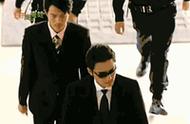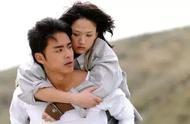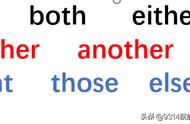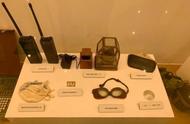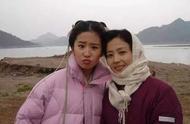I don't know anyone at this party .
这个宴会上的人我一个也不认识。
本句为以融词not形成的否定句子结构。
否定句均由肯定句变化而成,有下列三种形态:
1.句中有be动词时,not置于be动词之后。
例: He is intelligent.
他聪明。
He is not intelligent.
=He isn't intelligent.
他不聪明。
2.句中有助动词如can (能够)、will(将要)、may(可以)、must(必须)时,not置于该助动词之后。
例: He will come today.
他今天会来。
He will not come today.
=He won't come today.
他今天不会来。
can与not连用时,应写成cannot 而非can not,但will、must、may等助动词与not连用时,则仍为
will not 、may not 、must not 。
3.句中只有一般动词而无be动词或者助动词时,应先在主语之后接人称变化分别置助动词do或者does,再加not 原来的动词均改为动词原型。
例: They like music .
他们喜欢音乐 。
They do not like music .
=They don't like music .
他们不喜欢音乐。

区别一定要牢记噢~
anyone/someone 任何一个人 / 某个人
=anybody/somebody
anyone/anybody用于否定句或疑问句中
someone/somebody 则用于肯定句中
例:I don't know anybody in the classroom. (否定句)
教室里的人我都不认识。
Does anyone know the answer?(疑问句)
有人知道这答案吗?
There is someone there.(肯定句)
那里有个人。
